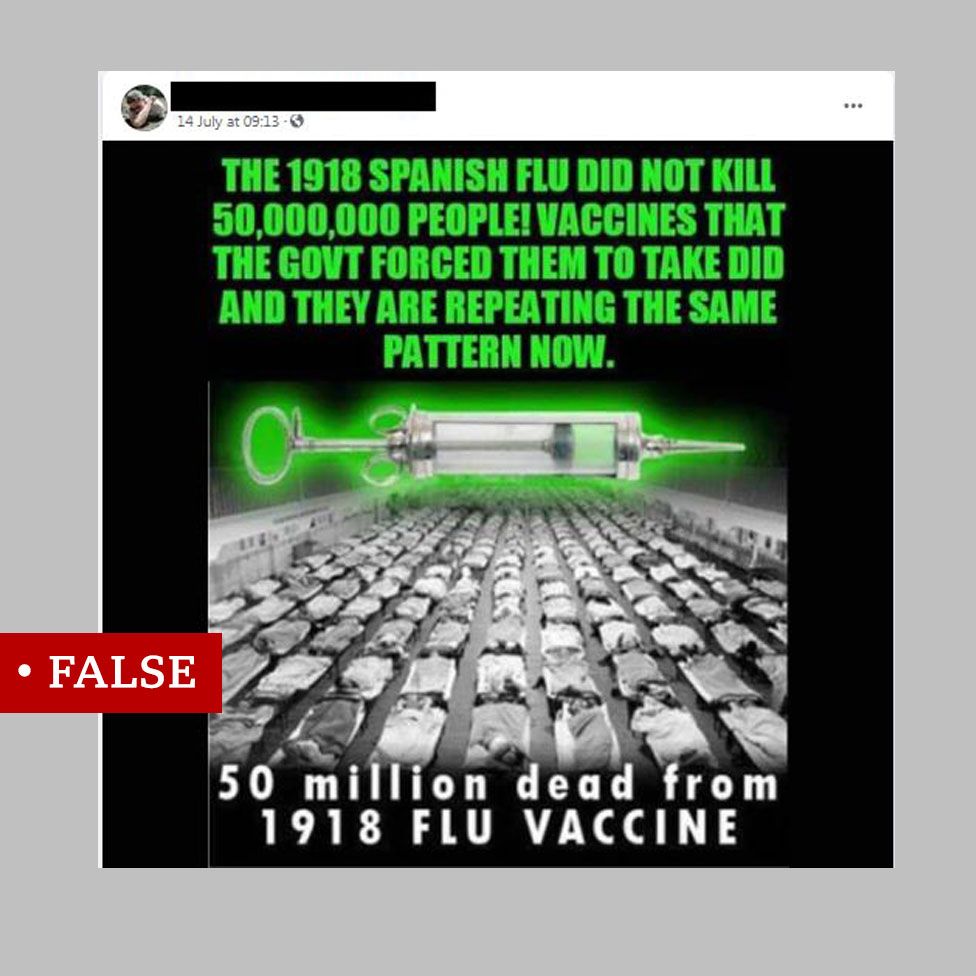

Use of antipyretic or pain medication, n (%)ī Mild: decreased interest in eating moderate: decreased oral intake severe: refusal to feed Grade 4: emergency room visit or hospitalizationĬ Mild: increased or prolonged sleeping bouts moderate: slightly subdued interfering with daily activity severe: disabling not interested in usual daily activity Grade 4: emergency room visit or hospitalizationĭ Mild: easily consolable moderate: requiring increased attention severe: inconsolable crying cannot be comforted Grade 4: emergency room visit or hospitalization

Local reactions in persons aged 2 – 4 years, Pfizer BioNTech BNT162b2 COVID-19 vaccine and placeboĪ Mild: ≥0.5 to 2.0 cm moderate: >2.0 to 7.0 cm severe: >7.0 cm Grade 4: necrosis (redness and swelling categories) or exfoliative dermatitis (redness category only)ī Mild: does not interfere with activity moderate: interferes with activity severe: prevents daily activity Grade 4: emergency room visit or hospitalization

Tenderness at the injection site b, n (%)ĪMild: ≥0.5 to 2.0 cm moderate: >2.0 to 7.0 cm severe: >7.0 cm Grade 4: necrosis (redness and swelling categories) or exfoliative dermatitis (redness category only)īMild: hurts if gently touched moderate: hurts if gently touched with crying severe: causes limitation of limb movement Grade 4: emergency room visit or hospitalization for severe tenderness at the injection site. Local reactions in persons aged 6-23 months, Pfizer BioNTech BNT162b2 COVID-19 vaccine and placebo Overall, the median onset of local reactions in the vaccine group was 1 to 2 days after either dose, with a median duration of 1 day after onset. No grade 4 local reactions were reported. Redness and swelling were more common after dose 2 than dose 1 or 3. Injection site swelling following either dose was reported less frequently. Redness was reported slightly more frequently in the older age group than the younger age group (10.9% vs 7.5% after dose 3). Injection site redness was the second most frequently reported local reaction. After dose 1, the older age group (2 – 4 years) reported pain/tenderness more frequently than the younger age group (6 – 23 months) (30.8% vs 16.6%) a similar pattern was observed after dose 2 and 3 (31.0% vs 15.0% and 26.7% vs 16.0%, respectively). Pain/tenderness at the injection site was the most frequent and severe reported solicited local reaction among vaccine recipients. Vaccine recipients reported similar rates of local reactions after dose 1 and dose 2, but slightly lower after dose 3. Local reactions were reported by half (48%) of vaccine recipients and at higher rates than placebo recipients.

Persons Aged 6 Months – 4 Years Local Reactions


 0 kommentar(er)
0 kommentar(er)
